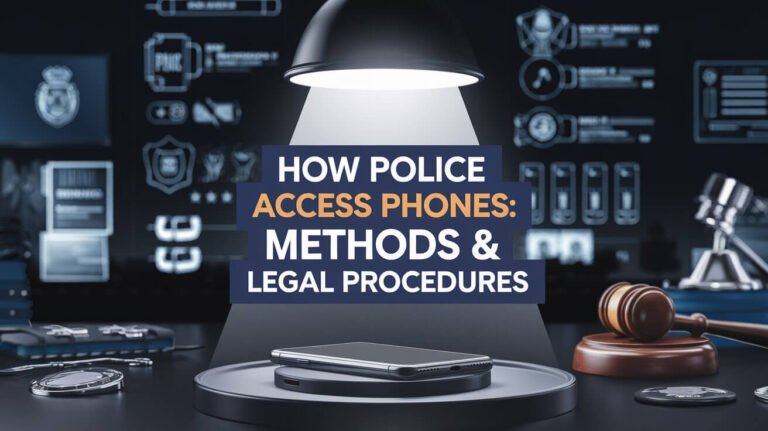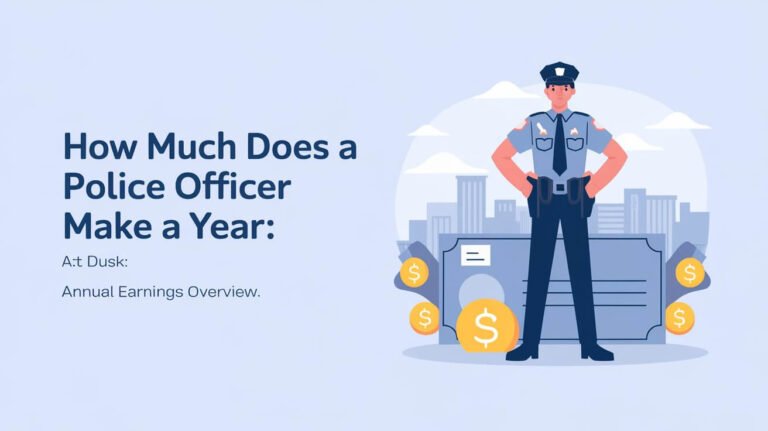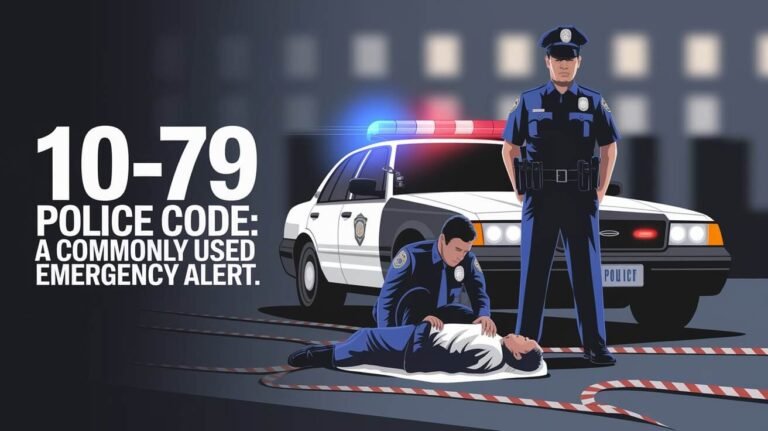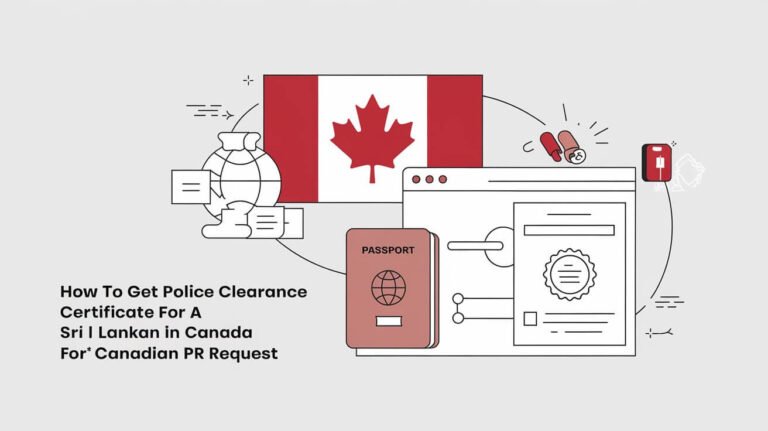Police Scanner Frequencies Near Me: Updated Local Channels
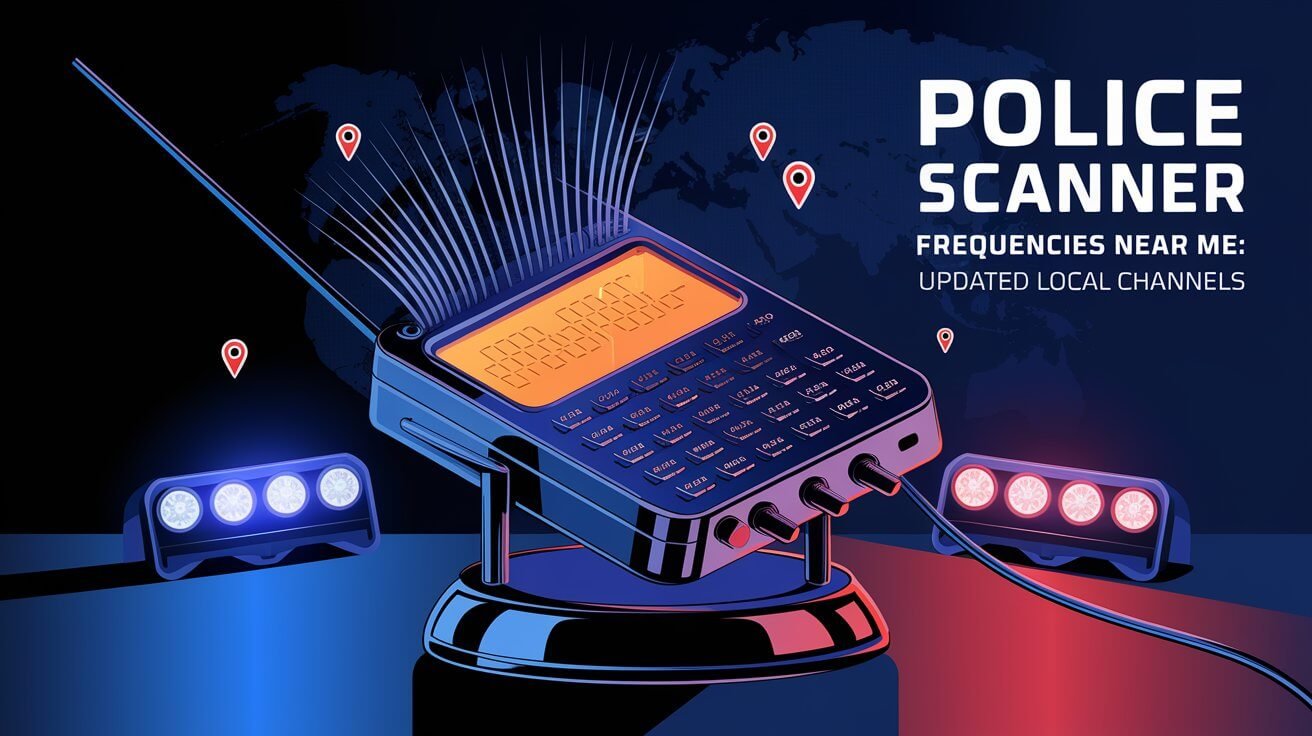
Knowing what’s happening in your area is key. Police scanner frequencies help keep you in the loop. They let you hear about emergencies and community events. This guide will show you how to find and use these frequencies.
Police scanner frequencies are vital for getting updates on emergencies. You can use a scanner or find them online. Local police frequencies, like those for Cheboygan City Police and Grand Traverse County Sheriff, are available online or through local police. By listening to these frequencies, you can stay informed and help keep your community safe.
Radio Scanner Basics for Local Monitoring
Learning about radio scanner basics is key for effective local monitoring. Digital police frequencies are on the rise. They offer better sound quality and security compared to analog systems. Analog systems are simpler but less secure.
Trunked systems let multiple agencies share the same frequency. This makes them more efficient. Knowing these basics helps users pick the right scanner for their needs.
Digital vs Analog Police Frequencies
Digital police frequencies are gaining popularity for their better sound quality and security. Yet, analog systems are common, mainly in areas without digital options. It’s important to know the differences to choose the right scanner.
Trunked vs Conventional Systems
Trunked systems are efficient because they let multiple agencies share frequencies. Conventional systems give each agency its own frequency. Knowing these differences is key for effective monitoring.
Scanner Types and Models
There are many scanner types, each with unique features. Handheld, mobile, and desktop scanners are popular. When picking a scanner, think about what’s important for local monitoring. Consider digital and analog signal reception, trunked system capability, and GPS.
Local Police Frequencies in Your Area
To find local police frequencies, check online databases and resources. Websites list scanner frequencies by state or zip code. This makes it simple to find what you need. For example, you can look up police radio codes and frequencies in your area on websites that focus on scanner frequencies.
Online databases list local police, fire department, and emergency services frequencies. They often have scanner frequencies by state. You can also search online using terms like “police scanner frequencies near me” or “local police radio codes”.
It’s key to know the different types of frequencies used by police. Some use digital, others analog frequencies. Some agencies have trunked systems, which can be tricky to monitor. Knowing this helps you navigate scanner frequencies and stay updated on local police activities.
| State | Frequency | CTCSS (PL) Tone |
|---|---|---|
| California | 453.480 MHz | 162.2 |
| New York | 460.225 MHz | 114.8 |
| Florida | 451.375 MHz | 136.5 |
Using online resources and understanding frequency types, finding local police frequencies is easy. Whether you’re a scanner enthusiast or just want to stay informed, finding these frequencies is now simpler than ever.
Equipment Setup for Clear Reception
To get clear reception on police scanner frequencies, setting up your gear right is key. This means picking the right antenna for your needs. The best antenna will depend on the frequency range you’re scanning, like 453 – 468 MHz for public safety.
Programming your scanner is also vital for the best reception. You need to enter the frequencies you want to listen to, like 162.400 for NOAA weather. Make sure to set your scanner’s options for the best sound quality. The Baofeng UV-5R, for instance, can handle up to 127 channels and lets you add emergency frequencies manually.
To optimize your signal, know your scanner’s tech specs and the frequencies you’re scanning. The Received Signal Strength Indicator (RSSI) shows signal strength, ranging from -90 to -120 dBm for weak signals. Aim for an average RSSI above -90 dBm for clear transmissions. Adjusting global filter settings and using the correct antenna can boost your signal and keep you tuned in.
| Frequency Range | Usage |
|---|---|
| 453 – 468 MHz | Public Safety Scanning |
| 121 – 390 MHz | Air Traffic |
| 144 – 444 MHz | HAM Operations |
Police Radio Codes and Signal Systems
Police radio codes and signal systems are key in policing. They help with communication and coordination among law enforcement. These codes are used for emergencies and daily operations, making sure officers can act fast and well.
Important frequencies include 39.46 MHz for emergency talks between departments and 155.475 MHz for local police. These frequencies help different agencies talk smoothly, making emergency responses better.
Knowing police radio codes and systems is important for monitoring. It helps people understand police messages. This is great for those who want to keep up with police activity or emergency news in their area.
Some key frequencies for emergency talks are:
- 34.90 MHz: National Guard’s emergency frequency
- 47.42 MHz: Used nationwide by the Red Cross for relief
- 121.50 MHz: International aeronautical emergency frequency
- 138.225 MHz: FEMA’s disaster relief operations channel
Signal systems like emergency broadcast alerts also play a big role. They quickly share important info with the public during emergencies. This helps keep people safe by giving them the info they need.
| Frequency | Usage |
|---|---|
| 162.40 MHz to 162.55 MHz | NOAA weather broadcasts and bulletins |
| 163.275 MHz | National Guard’s emergency frequency |
| 163.5125 MHz | National disaster preparedness frequency |
Understanding police radio codes and systems shows how complex law enforcement communication is. This knowledge helps with better monitoring and emergency response. It makes our community safer and more informed.
Finding Police Scanner Frequencies Near Me
To find police scanner frequencies near you, there are several ways. Online frequency databases are a great place to start. They list frequencies used by local police. These databases are updated often to keep the information accurate.
Local police departments also have useful resources. You can find their frequency information on their websites or by asking them. Community scanner groups are another good source. They share frequency updates and connect with other scanner fans.
Methods for Finding Frequencies
- Access online frequency databases, such as those provided by RadioReference or ScanDB
- Visit local police department websites for frequency information
- Join community scanner groups to connect with other scanner enthusiasts and share frequency information
Using these resources, you can easily find police scanner frequencies near you. This way, you can stay informed about local events and emergencies. With over 8,000 fire and police scanners available globally, you can listen to a wide range of frequencies.
| Resource | Description |
|---|---|
| Online Frequency Databases | Comprehensive lists of frequencies used by local law enforcement agencies |
| Local Department Resources | Frequency information published on official police department websites or provided upon request |
| Community Scanner Groups | Groups of scanner enthusiasts sharing frequency information and updates |
Legal Guidelines for Scanner Use
Using police scanners comes with legal rules you must follow. In the U.S., laws about scanners differ by place. But most states have rules to protect privacy. The FCC and NTIA watch over radio frequencies, including those for scanners.
Here are some important things to remember:
- Get the right licenses and permits for your scanner
- Follow rules for sharing frequencies
- Don’t listen in on private talks
- Stick to the rules for using certain frequencies or equipment
Breaking these rules can lead to serious consequences. For example, in the UK, the Wireless Telegraphy Act 2006 has strict rules. Not following them can mean up to two years in jail and/or a huge fine.
| Agency | Frequencies | PL Tones |
|---|---|---|
| Bureau of Indian Affairs | 172.750, 163.175, 169.725, 172.450 | 100.0 PL, 77.0 PL, 103.5 PL |
| Bureau of Land Management | 169.775, 172.1125, and others | Varying |
Knowing and following these rules, scanner users can use their gear right. They also protect others’ privacy and avoid legal trouble.
Troubleshooting Reception Problems
When using a police scanner, it’s key to fix reception issues for smooth monitoring. Problems like signal interference and dead zones can be solved with the right steps. Knowing your scanner and the area around it is essential.
Think about the antenna type, scanner location, and nearby interference when fixing reception issues. A wide band antenna can boost range and cut down on interference. Also, moving the scanner up or away from buildings can lessen dead zones.
Common Interface Issues
Interface problems can mess with reception quality. Make sure your scanner is set up right and check for updates. The latest software is key for the best performance.
Signal Interference Solutions
Many things can cause signal interference, like other radios, electrical stuff, and physical barriers. A signal filter or attenuator can help lessen this and improve your signal. Fixing these issues ensures you get clear, uninterrupted monitoring.
Coverage Dead Zones
Dead zones can be due to hills, buildings, or the scanner’s range. A repeater or signal booster can extend your scanner’s reach and cut down on dead zones. Knowing the cause and using the right tools can make your scanner work better and keep you informed.
| Issue | Solution |
|---|---|
| Signal Interference | Use a signal filter or attenuator |
| Coverage Dead Zones | Use a repeater or signal booster |
| Interface Issues | Check for firmware updates and ensure proper configuration |
Emergency Broadcast Monitoring
Emergency broadcast monitoring is key for public safety. It helps people know about big issues like natural disasters and health emergencies. Police scanners are important tools for this.
It’s very important to monitor emergency broadcasts. With these systems, people get quick warnings about emergencies. For example, NOAA sends weather alerts every five minutes, all day, every day.
Some important features of emergency broadcast systems include: * Wireless Emergency Alerts (WEA) that send a loud tone for emergencies * Custom weather warnings via text or email, like iAlert * Alerts for storms without using GPS, like Storm Shield * Emergency frequencies, like 163.4875 MHz for the National Guard and 155.475 MHz for police
| Emergency Broadcast System | Frequency | Description |
|---|---|---|
| NOAA Weather Radio | 162.400 MHz, 162.425 MHz, 162.450 MHz, 162.475 MHz, 162.500 MHz, 162.525 MHz, and 162.550 MHz | Broadcasts weather alerts and emergency information |
| National Guard | 163.4875 MHz | Emergency communications frequency |
| Police | 155.475 MHz | Emergency communications frequency |
Using emergency broadcast monitoring systems, people can stay safe. They can act quickly to protect themselves and others.
In Closing
Understanding police scanner frequencies is key for staying informed and ready for emergencies. Knowing the different types of frequencies and systems helps you keep up with local events. This knowledge lets you be prepared for any situation.
Setting up your scanner right is important for clear signals. Choosing the right antenna and optimizing your signal ensures you get the best reception. Learning police radio codes also helps you understand what you’re hearing, making you more ready to act in emergencies.
Online databases and local resources make it easy to find police scanner frequencies near you. Joining community scanner groups can also help. Always follow the law when using scanners to ensure you’re monitoring responsibly.
This article has given you the tools to improve your local monitoring and emergency readiness. Stay informed and safe by using a police scanner. It’s a powerful tool for staying connected to your community.

